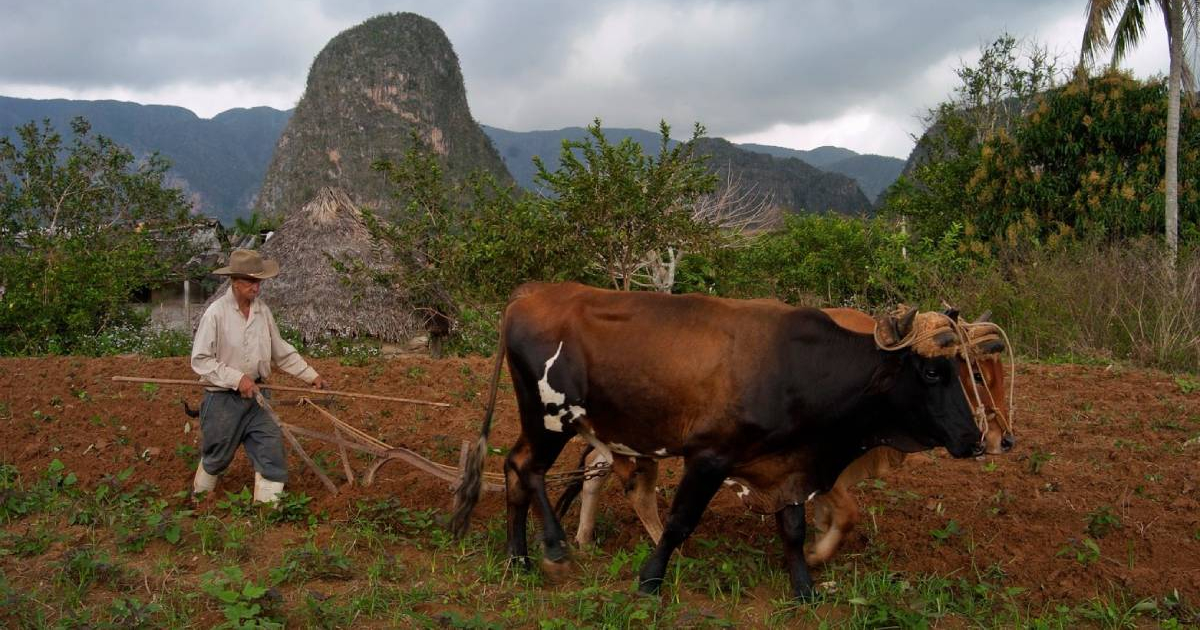
A delegation of US officials is in Havana to assess possible investment opportunities in the agricultural sector.
This is a group made up of thirteen American delegates, led byTed McKinney, Executive Director of the National Association of State Departments of Agriculture (NASDA).
The objective is to explore opportunities for agricultural cooperation between the United States and Cuba. From February 18 to 22, this commission's main goal is to unravel the possible trade barriers faced by American agricultural products, and optimize the political dynamics that govern bilateral trade.
NASDA, is a non-profit entity that represents the agricultural authorities of the fifty states and four US territories.
This Wednesday they will report, inPress conference from theGrand Aston Hotel in Havana, the results of these negotiations with the Cuban regime and will present the different opportunities detected in this strategic meeting for the expansion of agricultural trade between both nations.
Michael Apologies, Secretary of Agriculture of Delaware, expressed from 2023 the need to resume a normal course in agricultural trade relations, predicting mutual benefits as a result of the sale of products such as grain and legumes to Cuba, and the import of Cuban tropical and organic fruits to the US market.
Statistical data from the Cuban regime indicate that in recent years there has been a significant growth in food imports from the United States.
The negotiations between the governments come at a time when Cuban agricultural production is in a precipitous decline and the lack of food is hitting the island's population. Food shortage has become one of the main problems for the government ofMiguel Diaz-Canel.
The economic analystPedro Monreal warned at the end of last year about the trenddecline in agricultural production Cuban, marked by an alarming decrease in essential foods such as rice, corn and vegetables.
According to Monreal, the only reported increase concerns the bean sector, 20.04% higher than the previous year, although it barely represents 54% of what was produced in 2019.
While some items such as taro and onion reflect modest increases, the sharp decrease in the supply of foods for mass consumption, exceeding 16%, and the profoundcrisis in pork production –practically 90% lower since 2018– highlight the severity of the situation.
In the midst of this productive crisis, the export activity of countries like Spain has gained ground by becoming the main supplier of pork to Cuba. Another meat product that Cuba imports is chicken, but in that case it does so mostly from the United States.
What do you think?
SEE COMMENTS (3)Filed in: